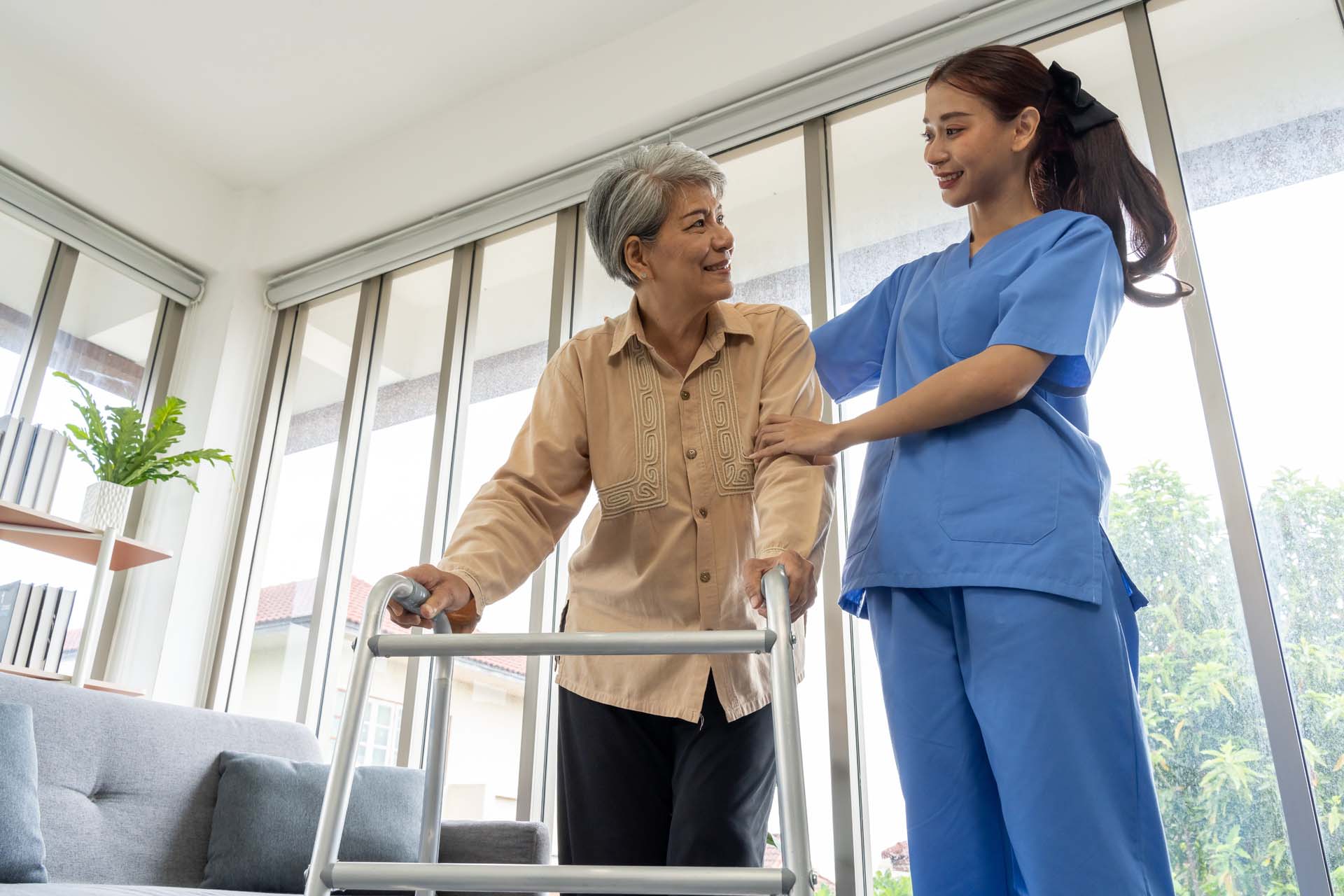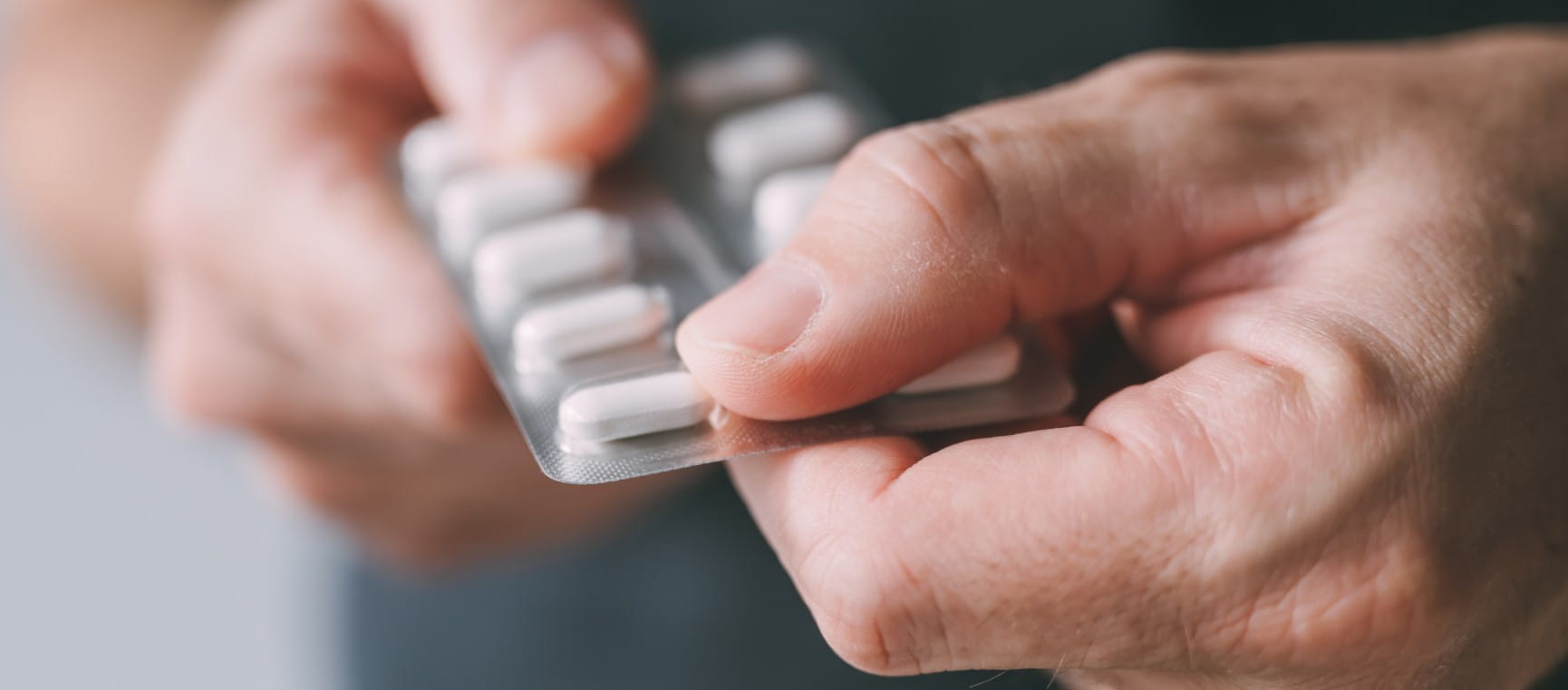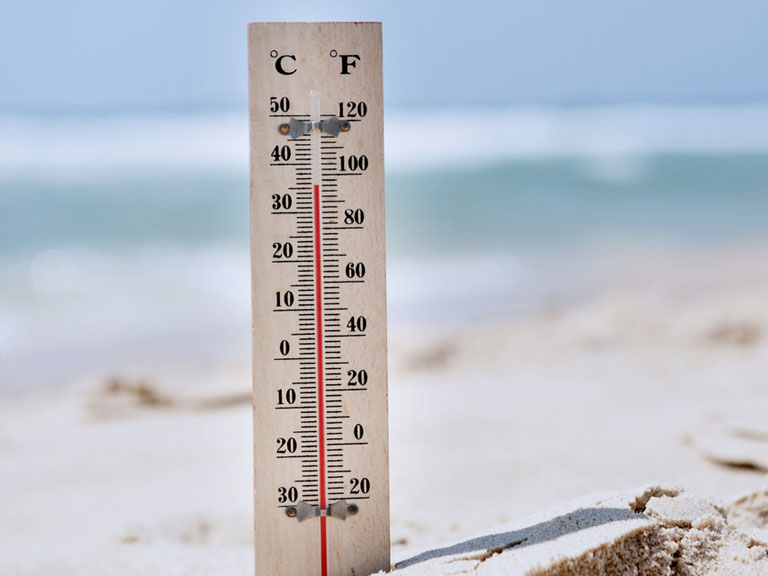
Love hot weather? Be careful that you don’t overdo it. Summer temperatures at home and abroad can hit heights that can be dangerous for your health.
The Met Office has revealed that there has been a dramatic rise in the number of hot and very hot days in the UK in recent years. The number of ‘hot’ days (28C) has more than doubled and ‘very hot’ days (30C) more than trebled for the most recent decade (2014-2023) compared to 1961-1990. And the record for the world's hottest day was broken twice in a week recently, on 21 and 22 July 2024.
Being careful when it’s hot isn’t just a question of avoiding sunburn. Being too hot can have a dangerous effect on your whole body. The conditions caused by over-heating are known as heat exhaustion, heatstroke and sunstroke.
Heatstroke and sunstroke are essentially the same thing - a serious form of heat exhaustion where your core body temperature gets dangerously high. The term 'sunstroke' is used if you've developed the condition from being in the sun.
When our body temperature is normal it measures around 37C or 98.6F. Health problems start when your body’s internal (core) temperature rises to 40C (104F) or above.
Heat exhaustion is less dangerous than heatstroke or sunstroke. With heat exhaustion you feel very hot, and the amount of water and salt in your body drops below normal levels, causing dehydration. You may also feel dizzy and confused.
Sunstroke and heatstroke happen when your body's internal (core) temperature goes over 40C (104F). This is most often caused by the sun (sunstroke), for example such as while sunbathing.
Heatstroke and sunstroke are far more serious than heat exhaustion. A high temperature is one of the main signs of sunstroke and heatstroke.
If you see someone with these symptoms call for medical help immediately.
Be aware that if you're over 65, you may be at higher risk of heatstroke compared to when you were younger. For example, as you get older your body is less efficient at sweating to cool down.
Heat can also worsen existing conditions, including heart disease, kidney disease and diabetes. When you're very hot your heart has to work harder. If you have kidney disease, dehydration can affect kidney function, so make sure to stay hydrated. Heat can also affect blood sugar control if you have diabetes.
Take precautions in the sun, especially if you are not used to it (for example on holiday somewhere with a much higher temperature). If you're out and about in the hot sun keep hydrated, wear loose clothing and try to stay out of direct sunlight during the hottest part of the day.
It's a good idea to check on elderly relatives or neighbours when it's very hot. Babies and young children can also be at higher risk of overheating because of their small size, and they may not be able to express that they are uncomfortable or feeling sick.
Always pay attention to how you're feeling and if you get headaches or feel sick while in the sun, cool down to reduce the risk of developing heatstroke.
Heat exhaustion can make you feel quite unwell, but if caught at this stage, shouldn’t usually be serious. If you are concerned that you – or someone else – has heat exhaustion, take these steps as soon as you can.
It’s important to reduce the body temperature, so find somewhere cool where the person can lie down, and take off as much of their clothing as possible. The next step is to cool them down as much as you can. Use a cool, damp cloth on their skin to help bring their temperature down.
While their skin is damp, fan them with anything you have to hand. By doing this you’ll encourage the moisture on their skin to evaporate, which is a natural way of cooling the body down. The next step is to give them something cool (but not freezing) to drink slowly.
In cases of heat exhaustion this should help the person affected feel better. However, if the person doesn’t improve within about 30 minutes, or they become unconscious at any point, and/or have seizures, call 999.
Sunstroke/heatstroke is potentially life threatening and is classed as a medical emergency. If you see someone with heatstroke/sunstroke seizures, call 999 and ask for an ambulance to come urgently.
It can help the ambulance crew if you are able to tell them if the person you’re with has any health conditions, and if they are taking medication regularly.
Some people, such as older people, young children, and those who have a health condition, are at increased risk of heat exhaustion or heat stroke. There may be other important information that you should pass on if you know it. For instance, if the person has been ill lately, especially if they might already be dehydrated, and if they have been exercising in the heat.
Heatstroke is most commonly caused by too much sun exposure, but people have also been reported to experience heat exhaustion and even heatstroke from tanning beds, with some people feeling sick or nauseous after a tanning session.
If you're planning on using a sunbed, you can reduce the risk of heatstroke by start with shorter sessions to begin with. Five minutes in a sunbed is equivalent to about an hour in the sun and it's best to gradually build-up your tan and not overdo it in the first few sessions. It's also important to stay hydrated so drink water before and after your session to avoid heat exhaustion or dehydration.
Speak to the salon staff about any issues you have. Do bear in mind that, separately from the risk of heatstroke, Cancer Research UK warns that sunbeds can cause skin cancer and says "There’s no such thing as safe UV tanning."
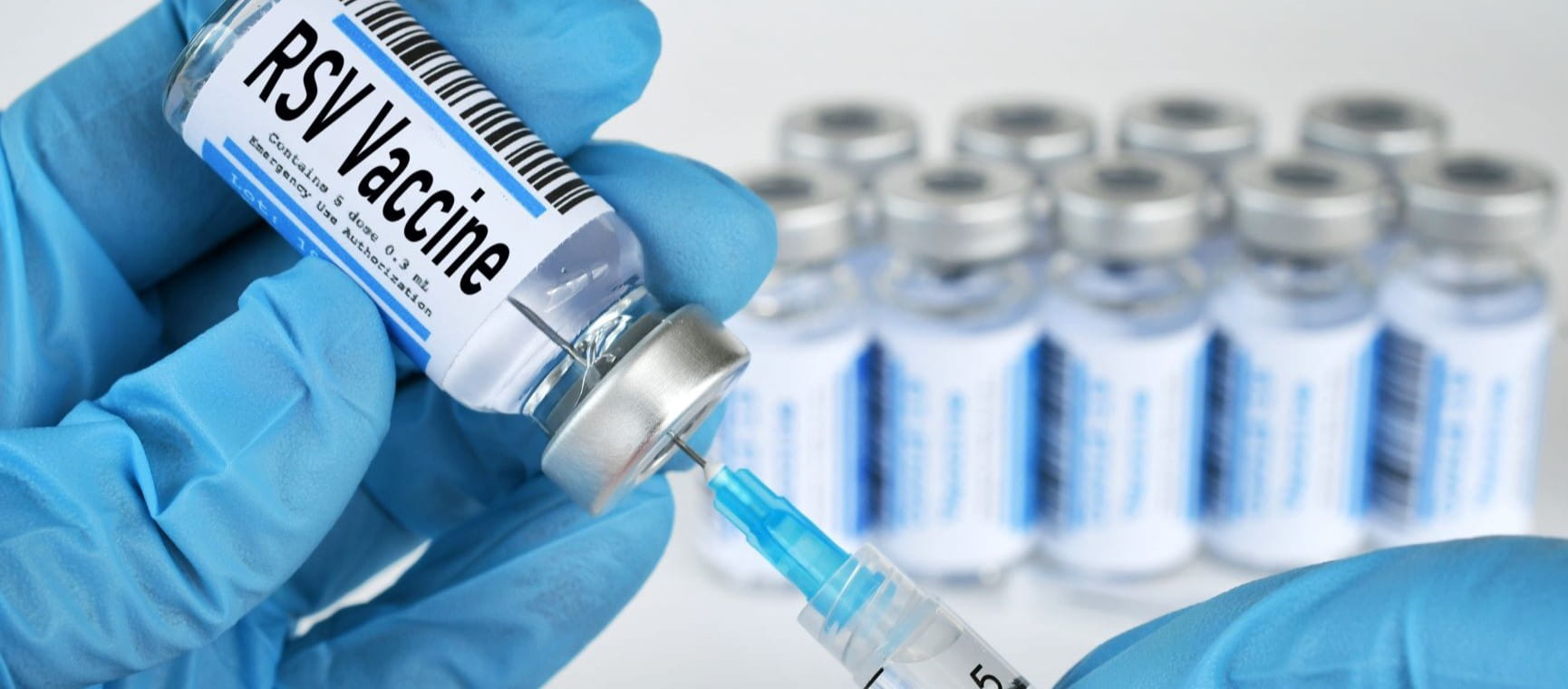
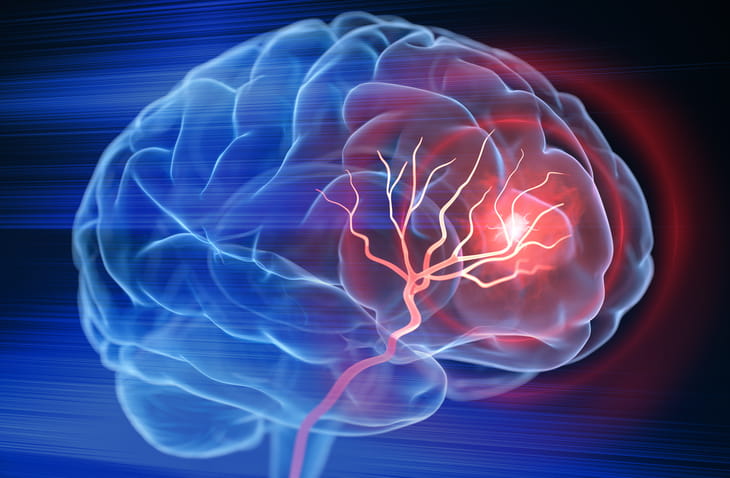
Facial weakness, a sudden headache and dizziness can all be signs of a stroke, we've got the facts from an expert.
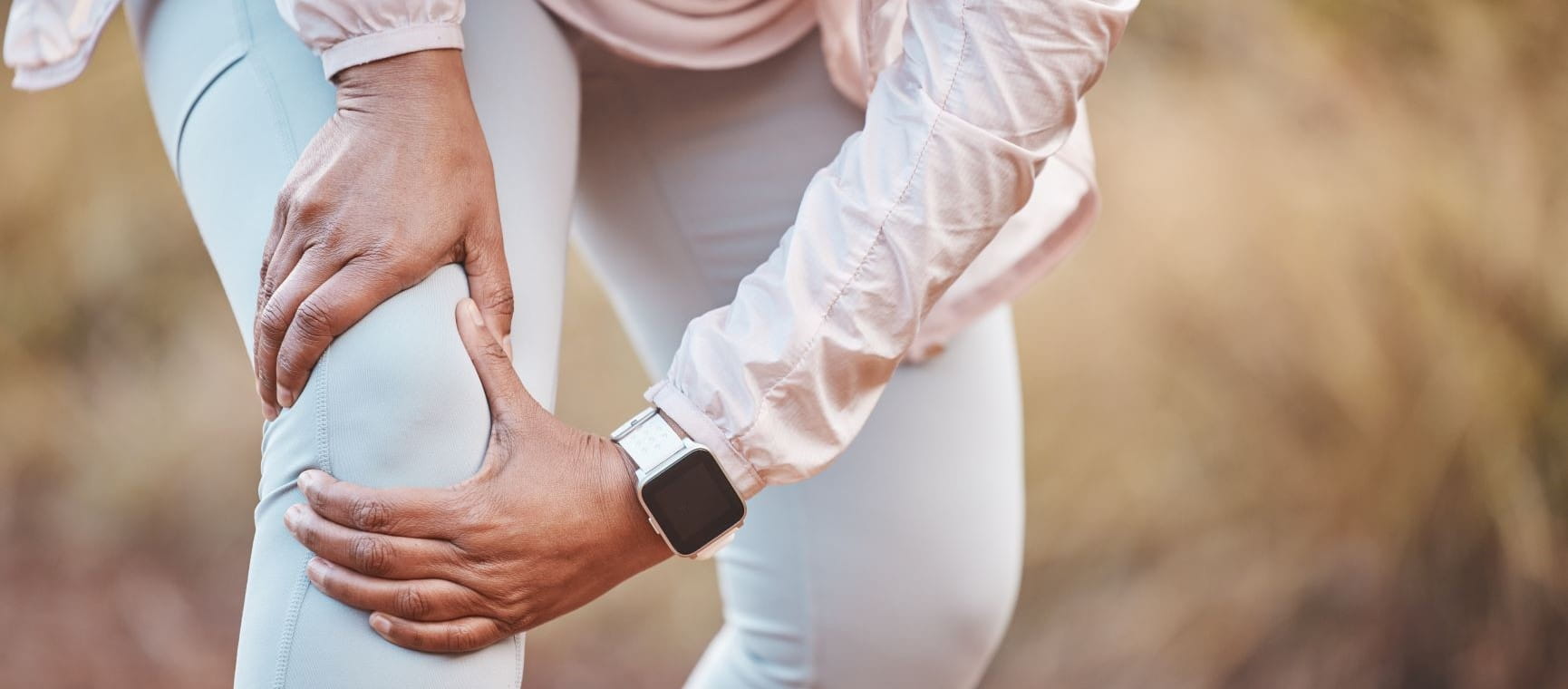
Knee pain is more common as we age: to help we've got the best advice from 3 leading experts with easy ways to make a difference.
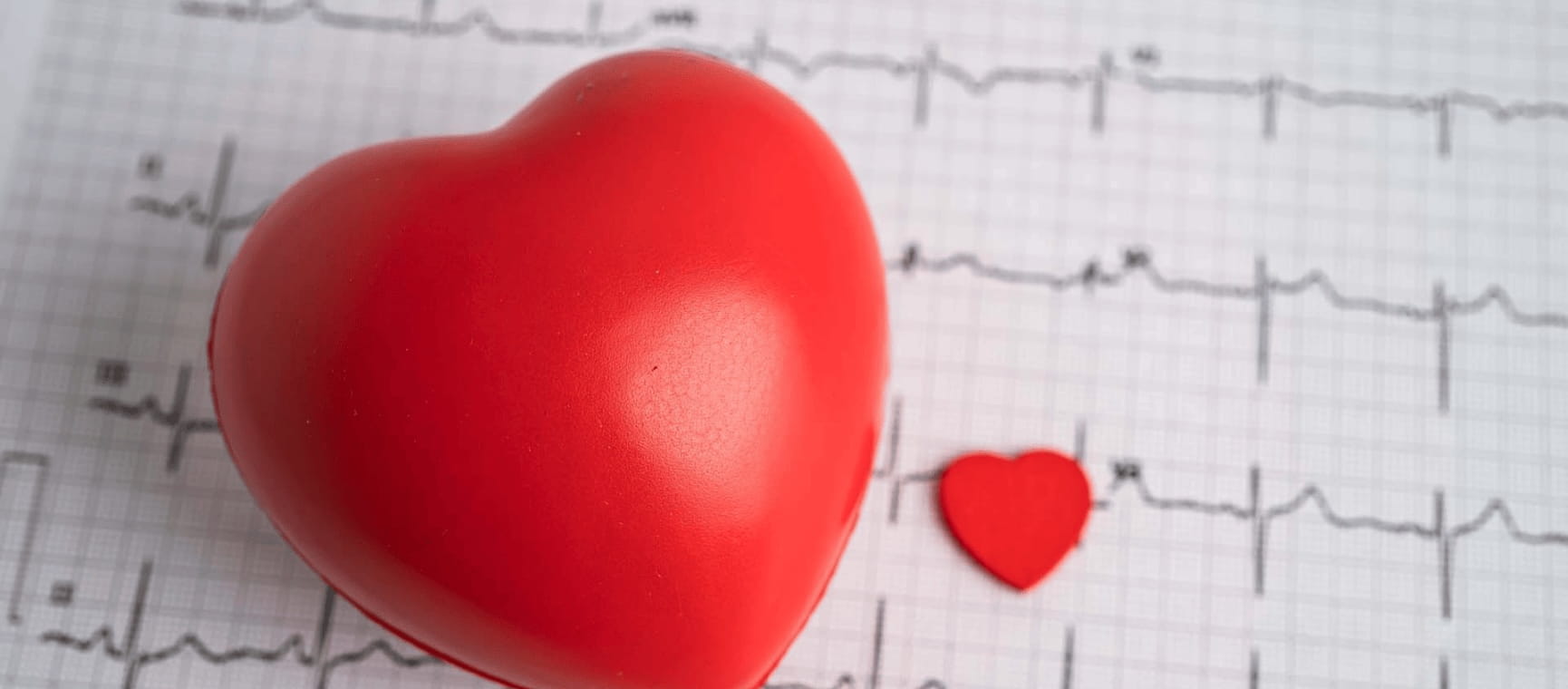
Do you know the symptoms of a heart attack? Here’s what to look out for, and how to prevent one.
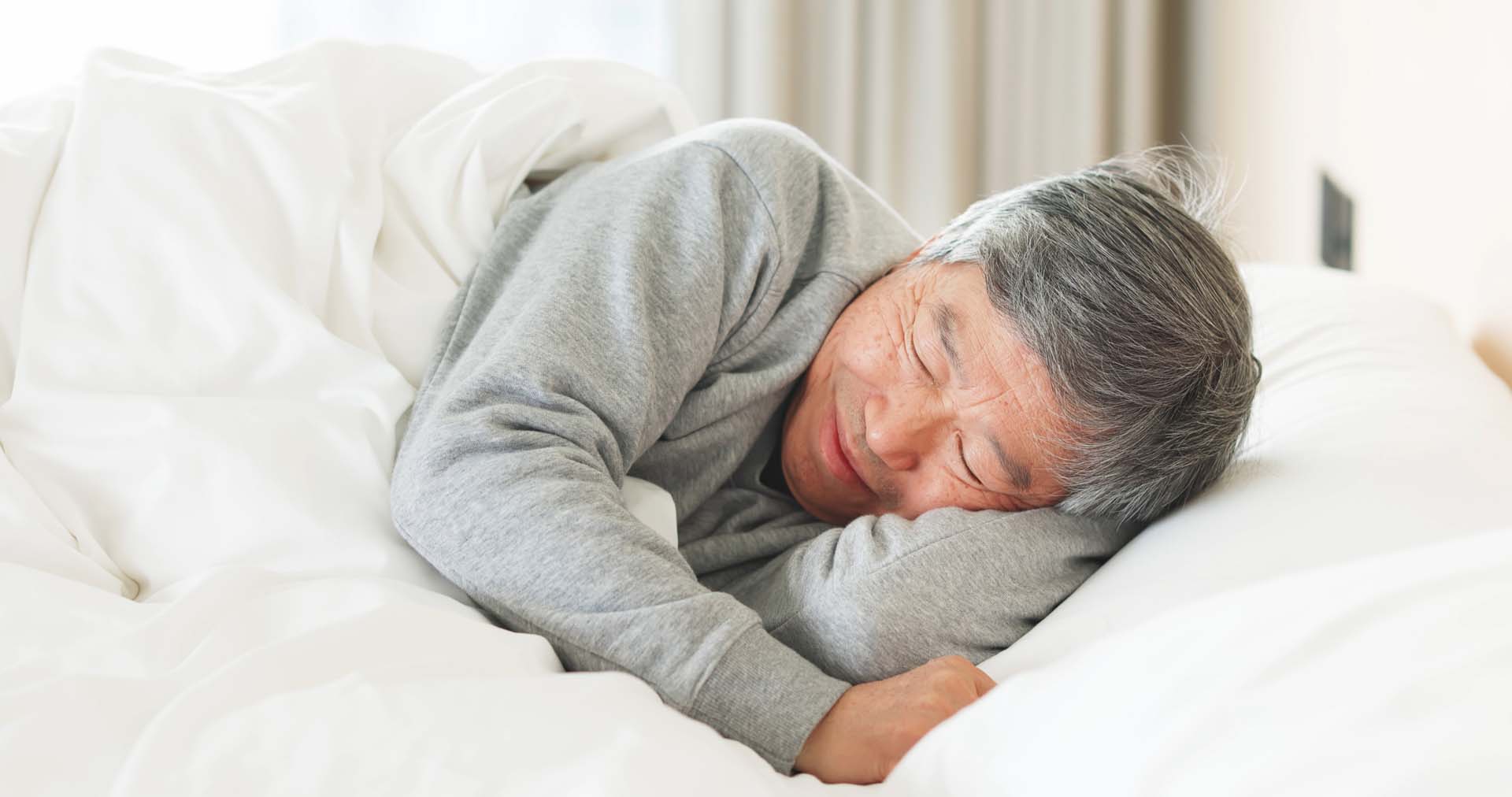
Front, back or side? Which sleeping position is best for you as you get older, and which ones you should avoid
